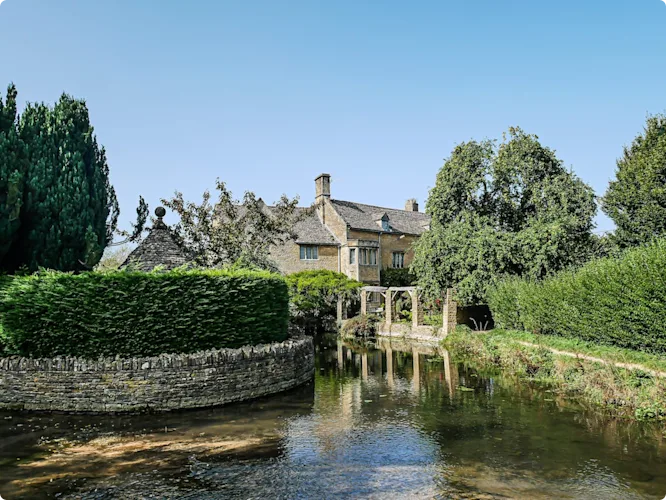Figuring out whether or not you need planning permission and following the steps to obtain it can be testing at the best of times. If you’re looking to renovate or extend your property and find that it falls into an Area of Outstanding Natural Beauty, you’ll have even more to consider. We explain what exactly an Area of Outstanding Natural Beauty (AONB) is, how it could impact your renovation plans and how to give your build the best chance of going forward.
What is an Area of Outstanding Natural Beauty?
Areas of Outstanding Natural Beauty are designated by Natural England and, as the name suggests, Areas of Outstanding Natural Beauty are distinctive landscapes whose natural beauty are considered worthy of protection under the Countryside and Rights of Way Act 2000 (CROW Act).
Natural England proposes areas that meet specific criterion to be classed as AONBs. Once designated, an area will enjoy protection in order to maintain and nourish the environment, and prevent any actions that could have a negative impact.
There are 46 Areas of Outstanding Natural Beauty. However, the specific rules and regulations for each area differ slightly. This article is going to be turning a lens solely on some of the guidelines for English Areas of Natural Beauty. But even within those rules, there will be variations for each and every AONB. For advice that’s tailored to your property, get in touch with your Local Planning Authority to discuss the specific rules in more detail.





